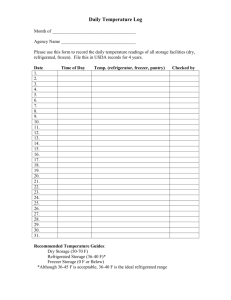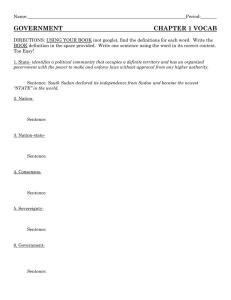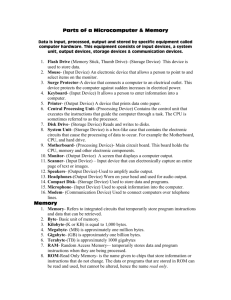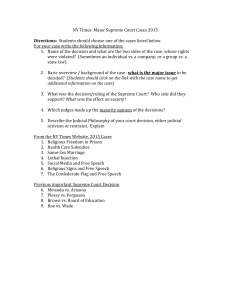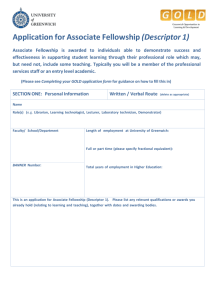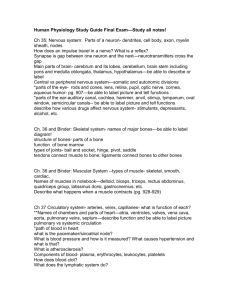By John Skinner and Jeremy Klipple
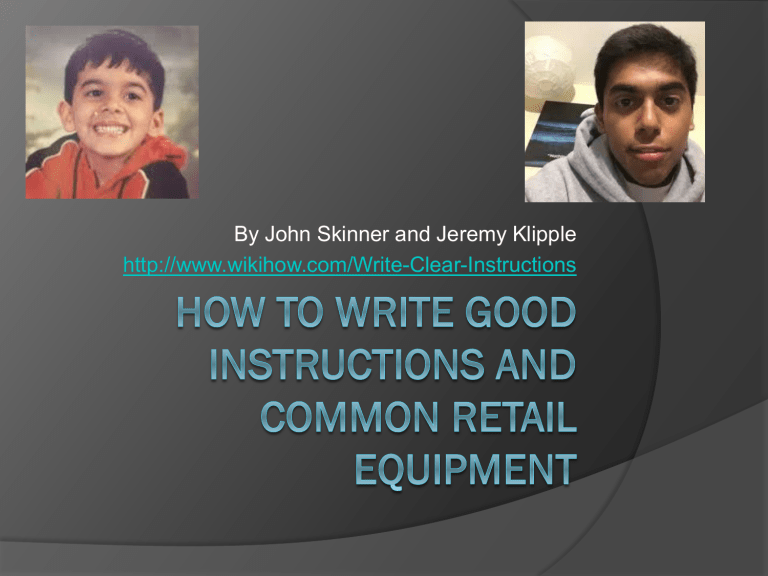
By John Skinner and Jeremy Klipple http://www.wikihow.com/Write-Clear-Instructions
Steps
Step 1: Know exactly how to do the task
This means you know how to do this- you're not guessing or reading someone else's ideas. You have done this yourself
Step 2: Plan how to write the steps in order
Instructions are written in small increments (manageable tasks that are clear, easy to follow to completion).
Step 3: Write instructions beginning with a verb
The reader must DO something each time
Step 4: Write each step as a small piece
This means, each step should be small, a baby step in the whole process.
Step 5: Include warnings as pre-steps
Example: check (or close) the drain plug," must be a step before "add oil to the tank .“
Step 6: Write steps logically in order
Don't depend on the reader going down the page and reading all the tips and warnings before beginning to do the process.
Step 7: Review and edit your instructions carefully
Step 8: express steps in the positive
For example, instead of saying "don't forget the salt," write "add salt when the eggs boil."
Step 9: Avoid expressing opinions, preferences or choices
A few benefits of clear instructions
Employees will have few questions to ask the manager.
Things will be done quicker and more efficient.
It will reduce procedural mistakes and costly errors.
20 common equipment used in a retail store
#1
POS System- computerized cash register
#2
Counterfeit money detector- helps employees know if the money is real or not.
#3
5 disc dvd/cd player- plays the music in the store.
#4
Direct thermal printer- prints labels for the store.
#5
Cash drawer- holds the cash
#6
Network server and phone systemallows managers and employees to communicate and take phone calls .
#7
Receipt printer- prints the receipt for the customer.
#8
Signature and smart card reader- allows customer to use credit cards and sign electronically.
#9
Money counter- counts the cash for the manager at the end of the day.
#10
Price computing scale- weighs the item and gives the price.
#11
Datalogic Scanner- shows price of the item and counts inventory.
#12
Barcode scanner- scans the item at the register.
#13
ATM machine- allows customers to get cash
#14
Hot display case- keeps items warm while they are waiting to be purchased .
#15
Refrigerated bakery display case- keeps items refrigerated while they wait to be purchased.
#16
Freezer display case- keeps items frozen while they are waiting to be sold
#17
Pager system- allows managers to get a hold of employees.
#18
Headset- allows employees to communicate when they are not face to face.
#19
Plastic security tags- prevent theft in a store.
#20
Handheld plastic security tag removerremoves the security from the clothing
